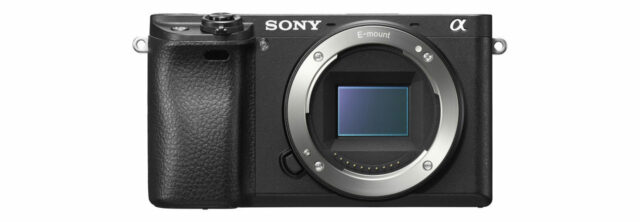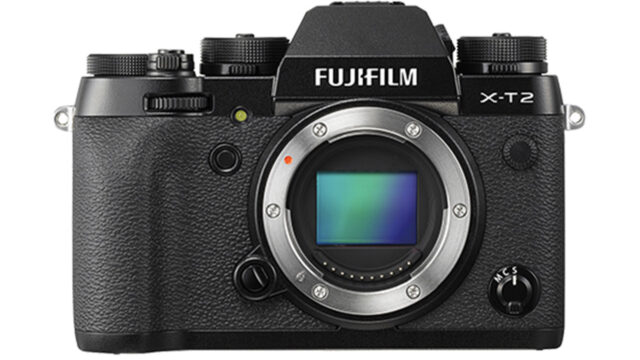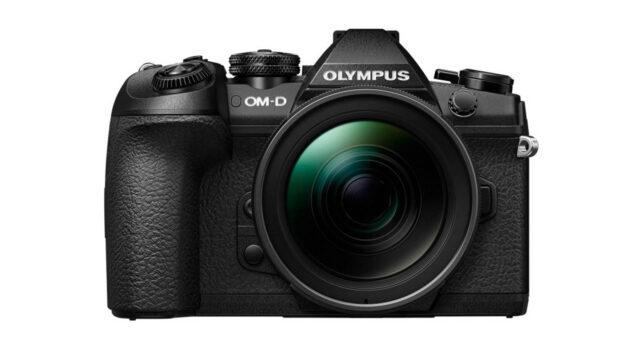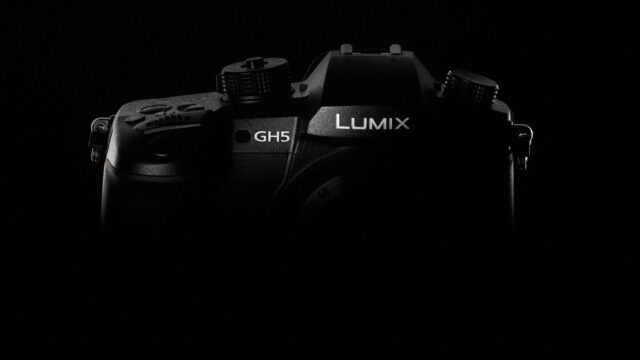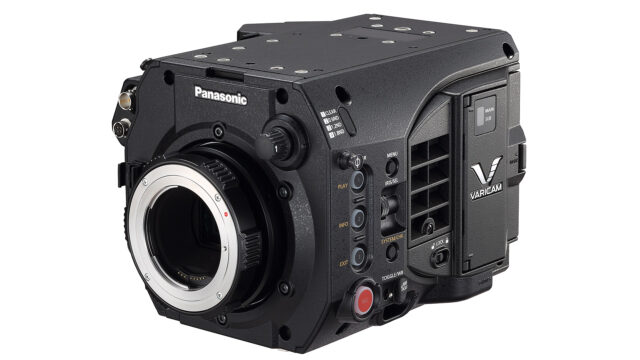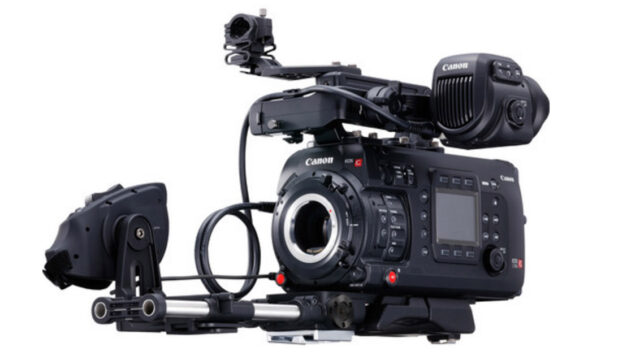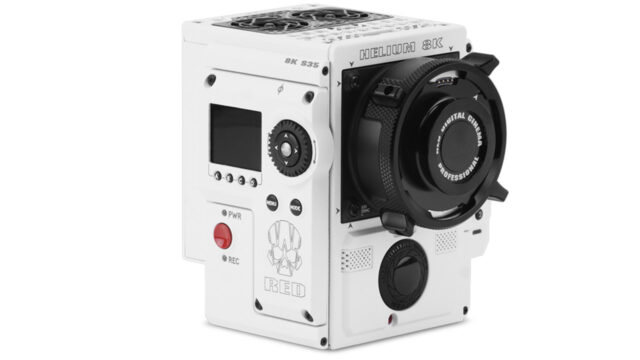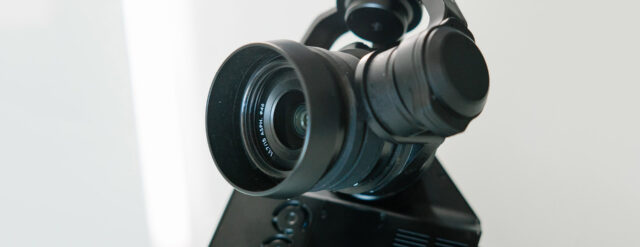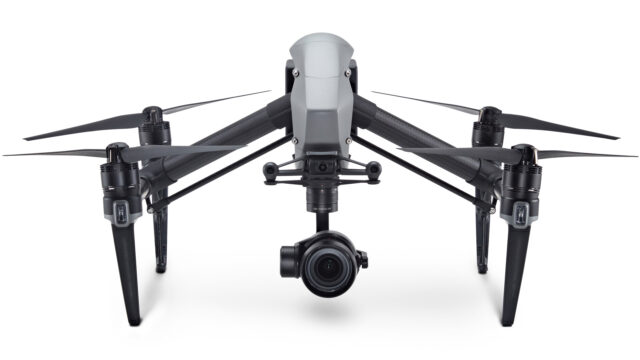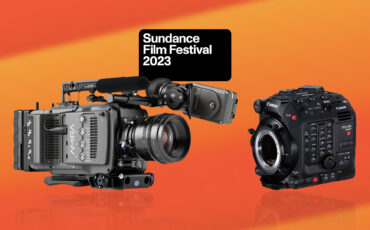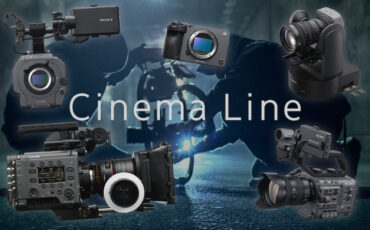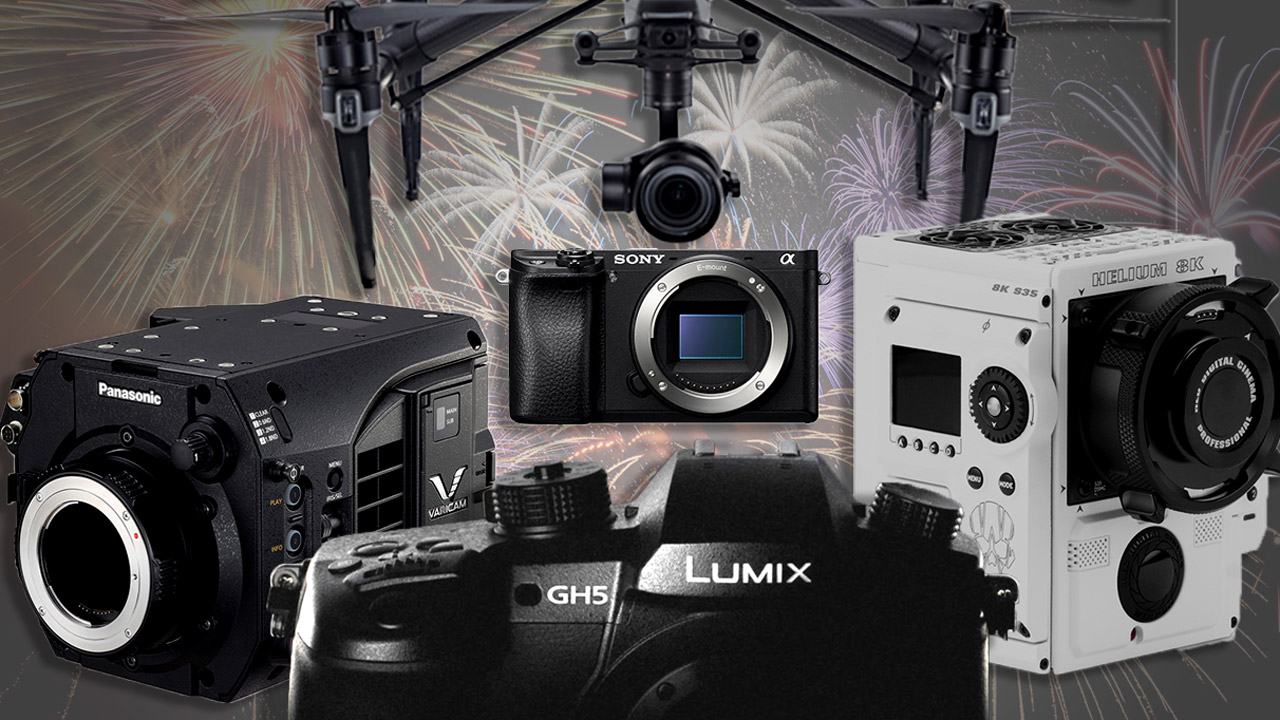
Yes! 2016 is over and 2017 is getting started. But before we move on to new things (likely to start with CES later this week), we wanted to revisit some of this year’s biggest announcements and releases. Here are the most notable cameras of 2016!
Sony a6300 / Sony a6500
The Sony a6300 released early in 2016 was a true upgrade to the earlier a6000, improving on almost every aspect. Autofocus, build quality and feel, processing, low light… everything was just better. A true entry-level 4K video mirrorless camera, it aimed to go for the throat of the venerable Panasonic GH4, but featuring an APS-C sensor rather than Micro Four-Thirds and better low light performance than the competition. It also proved to be a stepping stone for shooters wanting to enter the emerging and very popular Sony video mirrorless market, offering A7S-esque performance at a lower price. In terms of its codec and picture profiles, it also worked as a great little B-cam to use un conjunction with other Sony cameras, from the A7 line, FS5, FS7, and so on…
And then, just a mere few months later, came the Sony a6500. Packed with a host of additional nice-to-have features — even faster autofocus, touchscreen LCD, chunkier grip, an easier menu structure, and A7S II-style In Body Image Stabilisation (IBIS) — these days it goes for a slightly higher price than the Sony a6300. It seems Sony is intent on aggressively saturating the market with options for potential buyers so that, whatever your budget, they have the right camera for you. This is a similar strategy to the one we saw with the introduction of the Sony FS7 II: a slightly better camera for a little bit more cash. The choice is yours!
Recommended reading:
Sony a6300 Review – Real-World Video & First Impressions
Sony a6500 Review – Real World Video Samples and First Impressions
Sony a6300 vs. Sony a7S II Image Quality – How Good is it Really?
Fujifilm X-T2
At first glance, it may seem that the X-T2 mirrorless APS-C camera from FUJIFILM is rather lacklustre. On paper, it doesn’t really offer that much more than the tried and tested, indie favourite Panasonic GH4 other than the larger sensor. But it is in practice that this first foray by FUJIFILM into the mirrorless video market that this camera really shines. With a dynamic range that challenges that of the Sony A7S II, and offering astounding image resolution and detail, the Fujifilm X-T2 certainly has earned a place in our most notable cameras of 2016.
The lesson with this one, folks, is that FUJIFILM is listening and ready to compete with the biggest names out there, having released the X-T2 and the GFX for medium format in quick succession.
Recommended reading:
Fujifilm X-T2 Review – Real World Video Samples and First Impressions
Fujifilm X-T2 vs. Sony a7S II – Which One is the Best Mirrorless Video Camera?
Olympus OM-D E M1 Mark II
Another first foray into the 4K mirrorless video market, the Olympus OM-D E M1 Mark II was one of the cameras of 2016 that really caught our attention back at last year’s Photokina. Although this Micro Four-Thirds has been inevitably marketed as a stills camera with video capabilities, it still offers 24p, DCI 4K, high data rates and a very well-behaved rolling shutter. Most notably, though, is the camera’s IBIS technology that gives an almost tripod or dolly-like quality to handheld shots (up to a certain extent, of course). It needs to be seen to be believed, but even experienced Steadicam operators are singing its praises, so make sure to check it out if your style of shooting calls for a lot of handheld work.
Recommended reading:
Olympus OM-D E M1 Mark II Review
Testing the Olympus E-M1 MK II – On the Go Ep. 40 – feat. Janne Amunét
Olympus E-M1 MK II: The End of the Steadicam? – On the Go Ep. 41 – feat. Janne Amunét
Panasonic GH5
One of the most anticipated cameras of 2016, the successor to the GH4 was announced last September to the delight of GH4 fans worldwide, and what an announcement it was. Expected in 2017, the Panasonic GH5 promises to bring 10-bit 4:2:2 4K, and 4K at 60/50p for the first time ever to a mirrorless system, among a host of other photography-related features. When it finally hits the market, we can expect the GH5 to be as popular and revolutionary as its predecessor, likely forcing Sony to up its game significantly with its (hopefully upcoming) A7 III line.
The GH vs A7 battle is a hot topic among video users, with interesting features on both sides of the equation. But with a history of being priced at less than half of the Sony, the Panasonic certainly has a lot going for it. More news about the GH5 (which will be released in 2017) are on the horizon.
Recommended reading:
Panasonic GH5 Announced – 4K 60p 10bit 4:2:2 internal
Panasonic Varicam LT
Announced at the beginning of 2016, the Panasonic Varicam LT came as the little brother to the larger, more expensive Varicam 35. It features a lighter, more compact body ideal for single operators, while maintaining key features from its bigger brother such as its sensor, switchable native ISO 800 / 5000, and a host of resolutions and frame rates.
Although the Panasonic Varicam LT starts at a relatively low price for a professional cinema camera, as is usually the case the price starts to add up quickly when adding essential accessories. But at $16,500, it is not out of the realm of possibility for potential owner operators.
Recommended reading:
Panasonic VariCam LT is a Lightweight High-End 4K Cinema Camera
Panasonic VariCam LT – Hands-On & Exclusive 4K Footage
Canon C700
While Panasonic moved down the range of available models with the Varicam LT, the new Canon C700 is aimed at the polar opposite of the spectrum. Introduced as Canon’s new flagship cinema camera in 2016, the C700 abandons the signature vertical form factor of the C series, opting for a more traditional shape. It features 10-bit 4K, and records ProRes 422HQ and 12-bit 4444 in 2K, as well as allowing for up to 59.94p 4K in the XF-AVC codec, and RAW capabilities via the optional Codex CDX-36150 recorder. The body is also available in a Global Shutter version at the expense of 1 stop of dynamic range for a total of 14 available stops.
Recommended reading:
An Introduction to the Canon EOS C700 Cinema Camera
The Canon C700 meets Aston Martin – On The Go Ep. 33 – Clive Booth, Christian Anderl & Ingo Leitner
RED Helium 8K
Ok, so this one is not really a camera, or at least not one you can just buy off the shelf, as there were only 20 of those white RED Helium bodies released to a limited crowd. The sensor upgrade, however, is available for all existing RED Weapon and RED Epic W cameras. The new Helium sensor essentially packs twice the amount pixels, and is the first to bring 8K to the Super 35mm format. In addition, you can now record ProRes 4K proxies.
RED, as always, remains at the vanguard of digital cinema and earns a well-deserved place in our most notable cameras of 2016.
Recommended reading:
First Hands On With RED Weapon Helium 8K Camera
New RED Helium 8K Sensor and Michael Bay’s Custom Camera
DJI Osmo RAW
A very innovative device in and of itself, the DJI Osmo family saw this year the inclusion of its latest member: the DJI Osmo Raw. With it, DJI managed to bring what seemed to be just a fun toy into the league of professional cinema cameras through the 4K, RAW-enabled Micro Four-Thirds imager of the Zenmuse X5R camera. Offering 12 stops of dynamic range and the ability to change lenses, as well as being compatible with the DJI inspire 1 drone, this was truly one of the cutest cameras of 2016.
Recommended reading:
DJI Osmo RAW Review – Zenmuse X5R – First Footage
How Does the Osmo RAW Compare to Professional Cinema Cameras?
DJI Inspire 2
Probably the last big announcement in terms of both drones and cameras of 2016, the DJI Inspire 2 is, as its name indicates, the successor to the very popular DJI inspire 1. Besides huge improvements in drone performance, safety and ergonomics, the big step up is — again — the DJI Zenmuse camera. This time, however, it’s all about the Zenmuse X5S, featuring a Micro Four-Thirds sensor at a resolution of 5.2K and with both RAW and ProRes capabilities. The quality coming out of this drone’s camera is so stunning in fact, that it could be said to closely match that of the current digital cinema Gold Standard: The ARRI Alexa.
Recommended reading:
DJI Inspire 2 Review – The Drone that Rivals ARRI Alexa Image Quality?
So there you have it: the cameras of 2016 we thought were worth revisiting one more time bher 20 16 focus on what’s coming in 2017. All of us at cinema5D hope for a new year full of more exciting camera announcements and advancements, and wish you all the best of luck in your quest for compelling and beautiful image creation. Happy shooting!
